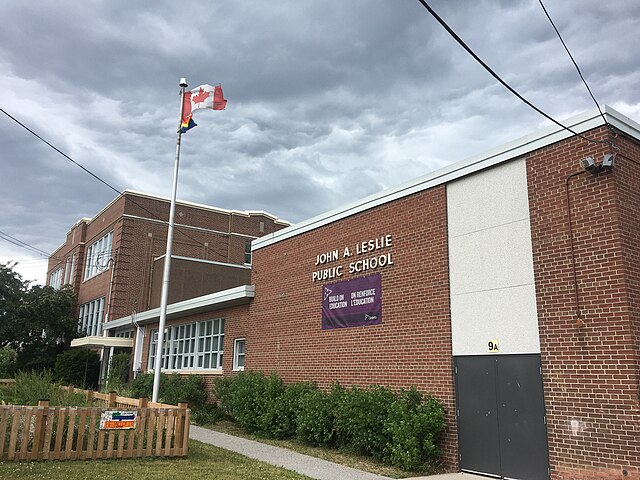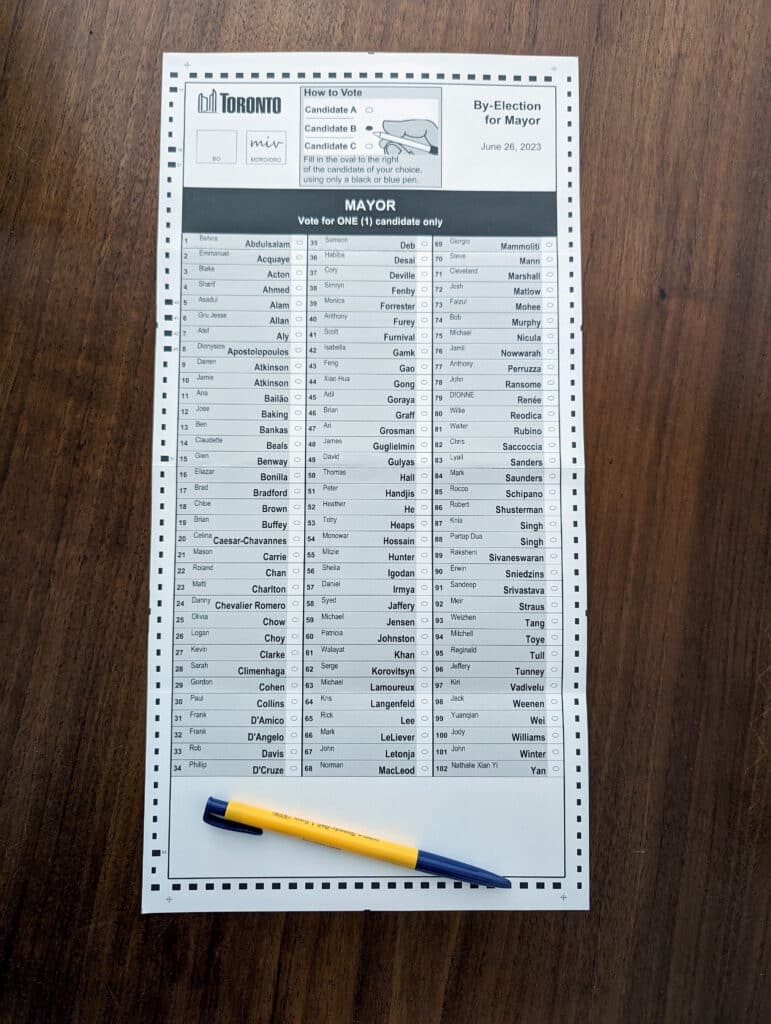TDSB Map
Looking for Toronto District Schools closest to the property you’d like to buy?
Our helpful map search tool shows you the schools within your ward.
How to Use the TDSB Map Tool
The TDSB Map tool is designed to help residents of Toronto easily locate their local TDSB school zones, wards, and trustee information. By entering your address, the tool will automatically pinpoint your location on the map and display the trustee ward you belong to, along with all the TDSB schools in that ward. This interactive map makes it simple to explore your district, find relevant school information, and understand the geographic boundaries within the TDSB system. Whether you are looking for your nearest school or want to connect with your trustee, the TDSB Map is an invaluable resource for navigating the Toronto District School Board.
Understanding the TDSB Map:
Navigating Toronto’s School Districts, Zones, and Trustee Wards
The Toronto District School Board (TDSB) is one of the largest and most comprehensive public school systems in North America. With its diverse range of schools, programs, and services, the TDSB serves the educational needs of over 240,000 students across the city of Toronto. To effectively manage such a large system, the TDSB divides the city into zones known as trustee wards and school zones, which are essential for parents, students, and community members to understand.
What is the TDSB?
The Toronto District School Board (TDSB) is responsible for overseeing public education in Toronto. With hundreds of elementary, middle, and secondary schools, the TDSB plays a critical role in the education of the city’s youth. The board also offers specialized programs, alternative schools, and adult education services to meet the needs of its diverse population.
The TDSB’s governance model divides the city into geographic regions known as wards. Each ward is represented by an elected trustee, and these trustees form the TDSB’s Board of Trustees, which helps shape educational policies, budgeting, and the overall management of Toronto’s public schools.
How the TDSB Works with Residents
The TDSB aims to work closely with parents, students, and the broader community to ensure that the educational needs of all residents are met. This relationship is facilitated primarily through the board’s trustees, who represent different geographical regions of the city, known as wards. Each trustee serves as the voice of their constituents, acting as a bridge between the TDSB’s policies and the unique concerns of the community.
-
- Engagement with Parents: The TDSB regularly engages parents through school councils, public meetings, and community consultations. These forums allow parents to raise concerns, give input on school policies, and influence the direction of their local schools.
-
- Community Partnerships: The TDSB fosters partnerships with local organizations, businesses, and government entities to enhance educational opportunities for students. Whether it’s access to extracurricular activities, community-based learning, or support services, these partnerships are integral to the TDSB’s mission of serving its communities.
-
- Inclusive Policies: The TDSB is committed to promoting equity and inclusion. Policies regarding anti-discrimination, support for marginalized groups, and special education services ensure that the board meets the needs of all students, regardless of their background or circumstances.
Understanding Your Local Representation
The TDSB trustee ward system divides the city into 22 wards, each represented by an elected trustee. Trustees play a key role in shaping the policies and priorities of the TDSB. They are responsible for:
-
- Advocating for the needs of students and parents in their ward.
-
- Approving the school board’s budget.
-
- Developing educational policies.
-
- Overseeing the performance of schools within their jurisdiction.
Trustees are elected during municipal elections, and they serve four-year terms. Each trustee has a distinct geographic region that they represent, and they work closely with parents, principals, and community members to address local concerns.
School Boundaries and Catchment Areas
The TDSB district map outlines the boundaries of each school within the board. School boundaries, also known as catchment areas, determine which school a student is eligible to attend based on their home address. Understanding the district map is essential for parents when deciding where to enroll their child.
How School Boundaries Work
The TDSB assigns each school a geographic boundary, meaning that students living within a certain area are given priority for enrollment at their local school. These boundaries help the TDSB manage enrollment levels, ensuring that schools do not become overcrowded while maintaining equitable access to resources and facilities.
Exceptions to School Boundaries
In some cases, students may be eligible to attend a school outside of their catchment area. These exceptions are usually granted under special circumstances, such as:
-
- Specialized Programs: Some schools offer specialized programs (e.g., arts, science, or athletics-focused schools) that may allow students from other areas to apply.
-
- Sibling Enrollment: If an older sibling is already attending a school outside of the family’s boundary, a younger sibling may be granted admission to that school.
-
- School Choice: The TDSB allows for limited “out-of-area” transfers, where students can apply to attend a school outside of their district. However, these transfers are not guaranteed and depend on the availability of space.


